
Goddess Varalakshmi is one of the most auspicious and divine forms of Goddess Lakshmi is Goddess Varalakshmi.
Lakshmi and Varalakshmi are both the same. The word ‘Varalakshmi’ is derived from two Sanskrit words where ‘Vara’ means boon and ‘Lakshmi’ means wealth. Thus, Varalakshmi Mata is the goddess who when appeased, blesses her devotees with the boons of wealth, health, abundance and prosperity.
Varalakshmi Mata is also known as ‘Varamahalakshmi’. The goddess of boon, Mata Varalakshmi is popularly known for the Varalakshmi Vratham that is celebrated in various parts of India. The Varamahalakshmi Pooja is performed on a large scale and devotees perform this Varamahalakshmi festival on a grand scale.
Varalakshmi Vratham Festival 2025
When is Varalakshmi Vratham: Tithi & Muhirat (date & time)
This year the Varalakshmi Vratham 2025 will fall on Friday, August 8, 2025.
Simha Lagna Puja Muhurat (morning)
- 06:29 AM to 08:46 AM
Duration
- 02 Hours 17 Mins
Vrishchika Lagna Puja Muhurat (afternoon)
- 01:22 PM to 03:41 PM
Duration
- 02 Hours 19 Mins
Kumbha Lagna Puja Muhurat (evening)
- 07:27 PM to 08:54 PM
Duration
- 01 Hour 27 Mins
Vrishabha Lagna Puja Muhurat (midnight)
- 11:55 PM to 01:50 AM, Aug 09
Duration
- 01 Hour 56 Mins
What is Varalaxmi Vratham

The Varalakshmi Vrat, also known as the Varalakshmi Nombu is the festival that falls in the holy month of Shravana which according to the Gregorian calendar falls between the months of July or August. The Varalakshmi Vrata falls on the Second Friday of the pious month of Shravana or a day before the Full Moon (Poornima). Observing a fast and performing the Varalakshmi Vratham Pooja is said to please Goddess Lakshmi.
The Varalakshmi Goddess is one of the most kind and auspicious forms of Devi Lakshmi who blesses with good fortune and Maa Lakshmi is one of the prime deities in Hinduism who is known as the Goddess of wealth, prosperity and riches. Devi Lakshmi is worshipped and revered in all her Eight forms namely;
Adi Lakshmi or Maha Lakshmi - Goddess of Spiritual Wealth and Inner Conscience.
Dhana Lakshmi - Goddess of Wealth/ Money
Dhanya Lakshmi- Goddess of food grains/ agricultural produce
Gaja Lakshmi- Goddess who is a giver of cattle’s/ prosperity and abundance
Santana Lakshmi- Goddess who blesses a married couple with an offspring
Dhairya Lakshmi- Goddess of Courage and valor
Vijaya Lakshmi- Goddess of Victory
Vidya Lakshmi- Goddess of Knowledge and Arts
In a few ancient texts, various other forms of Ashtalakshmi are mentioned. It is believed that worshipping Varalakshmi form of Maa Lakshmi is like worshipping the above-mentioned Goddesses or the Ashtalakshmi.
Varalakshmi Vratham Story
The Varalakshmi Vratham Katha is one of the most interesting chapters that celebrate Goodess Lakshmi in Her Varalakshmi form.
Let us look at the Varalakshmi Vrat Katha

There was a town named Kundinagaram which was known for its scenic beauty. This town was in the Vidarbha Kingdom. In the prosperous and beautiful town of Kundinagram there lived a woman named Charumathi along with her husband and family. Charumathi was a pious and ardent devotee and was completely devoted to her family. She would also indulge in prayer and worship of Maa Lakshmi with a pure heart. Looking at Charumathi’s devotion, Maa Adilakshmi was pleased and visited Charumathi in her dreams and instructed her to perform the Varalakshmi Vrata with utmost devotion so that all her wishes would be fulfilled. Soon after that Adilakshmi disappeared.
Charumathi woke up from her sleep and narrated the entire dream to her husband and soon the news spread to the neighboring houses. The next day Charumathi along with the other married neighboring women woke up early and took bath and started building a mandapa “a temple porch” where they were to perform the Varalakshmi Puja.
All the women along with Chaturmathi participated in this pooja with a pure heart and complete devotion. Chaturmathi also recited a shloka which is as followings:
Varalakshmi Vratham Mantra:
“Lakshmi Ksheerasamudra rajatanyam sri rangadhameswareem Dasibootha samastha devavanitham lokaika deepamkuramSri manmanda kataksha labdhivibhat brahmendra gangadharamTwamtrayamlokyakutumbhineem sasijavandemukunda priyam”
Once she recited this shloka, she tied the nine threads known as Thoranam on her right wrist and offered sweets as Naivedyam to Varalaksmi Mata. When Charumathi completed the first procedure of prayer and worship she was blessed with certain ornaments.
When she completed the next stage of prayers, she was again rewarded by Devi Lakshmi with Navaratna Kankanams (9 gemstones bangles).
And finally, when the entire pooja process of Varalakshmi Vratam was devotedly performed by Charumathi and fellow women they all were blessed with enormous wealth.
Once the puja was done, Charumathi offered Tambulam (betel) to the brahmin priests. She then distributed the Prasad of the Varalakshmi Vrat amongst relatives and led a happy and contented life. Since then, the Varalakshmi Vrata came to be performed by Hindu women across South India.
Why Do We Celebrate Varamahalakshmi Festival?

The Varalakshmi Vrat or the Pooja is popularly celebrated in South Indian states namely, Andhra Pradesh, Tamil nadu and Karnataka. This Vrat is not so popular in North Indian states, but it is celebrated in the states like Maharashtra and Orissa. On this day, married women observe fast for an entire day and perform the ‘Varalakshmi Pooja’ asking the goddess to bless their husband with good health, longevity and prosperity. A few newly married women or women who do not have children also pray to the goddess to bless them with an offspring and pray for the well-being of the entire family.
How To Do Varalakshmi Pooja Procedure/Varamahalakshmi Pooja Vidhanam :
Performing the Varalakshmi Vrat is considered fruitful for self and the entire family. You can also perform the Varalakshmi Pooja at Home but, you must first keep the entire Pooja Samagri ready before the Puja.
Varalakshmi Pooja Items (Samagri)
.jpg)
Image or idol of Maa Ashthalakshmi (Available ready made in Market)
Kalash
Chandan (Sandal paste)
Akshatha (Full rice grain coated with turmeric/Manjal podi)
Rice flour & colors – for drawing rangoli
Kumkum
Turmeric powder
Banana leaves
Lotus Flower
Mango Leaves
Few Coconuts
A huge wooden plank known as Peeta or Thambaalam
Full Raw Rice grains
Devi Vastra
Devi Abhushan
Flowers and garland
Betel leaves
Betel nut
Banana
Fruits (all seasonal fruits)
Milk
Dry fruits & nuts
Panchamrit (comprising of Dry fruits, fruits, nuts, jaggery and ghee)
Scented water (comprising of Cardamom, saffron, cloves, edible camphor and Mace) to be filled in the Kalash.
Thoram (A sacred thread comprising of nine strings and nine knots smeared with Turmeric powder to be tied on wrist)
Pongu nool (A single thread that is smeared with turmeric powder and adorned on the neck)
Mahalakshmi stothram book
Neivedyam
Takeaway sets which are distributed among the women who attend the prayer. This set is known as Thamboolam which comprise of Banana, Coconut, Betel leaves, nuts, Thread smeared in Turmeric, blouse piece and 1 rupee coin
Paper plates and bowls to distribute Prasadam
Varalakshmi Pooja at home:

The preparations for celebrating the Varalakshmi Pooja Vidhi begins a day prior to the actual day that is on a Thursday. Women get up early on a Thursday morning and clean all the pooja vessels along with the Kalash (pot).
Oil the lamps and keep them aside, make Thoran and Pongu Nool as mentioned above along with Kumkum and arrange the Puja plate and keep this entire samagri ready for the next day pooja of Varalakshmi Vrata.
Padi Pooja Performed on Thursday Evening
On a Thursday evening at around 5.30 pm, clean the entrance of all the rooms in your house by sweeping and mopping the floor.
Once you have done cleaning, apply two lines of Kumkum and one line of turmeric on each corner of the entrance.
Now apply Chandan and Kumkum dots on these lines.
Now light a lamp and offer some naivedyam (sweets).
Now place the wooden plank in front of Maa Varalakshmi’s idol or picture and place a banana leaf over it and spread a handful of raw full grain rice over it.
Get all this ready for the next day, Vrat.
This above procedure is the pre-preparation of the festival that will fall on the next day, which is on Friday.
The Varalakshmi Vrata is performed to welcome Goddess Lakshmi into our homes and to bless our family with abundance, good health, wealth, longevity and progeny.
Note: Do not place the aromatic water filled Kalash on a Thursday evening as it is supposed to be placed on the Friday during the actual pooja timings only.
How To Do/perform Varalakshmi Vratham?

On a Friday morning married women must wake up early take bath and drape silk saree and wear gold jewelry.
One must observe fast till the Varlakshmi pooja ends (elderly women or women having medical conditions can have fruits and milk).
Now draw a rangoli with rice flour and place the Peeta over this rangoli.
Place a banana leaf on the wooden plank and put a handful of whole rice grains on the banana leaves and place the Kalash filled with aromatic water along with the coconut and betel leaves on these rice grains.
Now with a fresh blouse piece (cloth used to stitch blouse for women) cover the coconut in a conical shape.
Apply turmeric to the face of the coconut facing us and adorn it with ornaments like nose ring, decorative eyes and a neckpiece. You can also buy readymade face of the goddess or a pot which are easily available in the market.
Tie a pongu nool around the neck of the coconut or the face of Varalakshmi Mata. The pongu is considered as the Mangalsutra.
Apply chandan and kumkum tikas on the forhead, legs and hands of the goddess.
Now start doing the Puja by ligting ghee diya
You can worship Goddess Lakshmi by using or meditating on energized Lakshmi Yantras.
One can simply meditate on Goddess Lakshmi Mantra:
‘ॐ ह्रीं श्रीं लक्ष्मीभयो नमः॥ Om Hreem Shreem Lakshmibhayo Namah॥
You can also chant Lakshmi Mantra on the Lotus Seed bead.
You can also perform a Mahalakshmi Puja under qualified Brahmins. It is a highly recommended activity on this day.

Click here for Mahalakshmi Puja by Rudra Centre
The puja includes Kalash Sthapana,
Panchang Sthapana (Gauri Ganesh, Punyavachan, Shodash Matrika, Navgraha, Sarvotabhadra),
64 yogini Pujan,
Shetrapal Pujan,
Swasti Vachan,
Sankalpa, Ganesh Pujan and Abhishek,
Navgraha Pujan and 108 chants of each planetary mantra,
Invocation of major Gods and Goddesses in Kalash,
Laxmi Idol Abhishek and Pujan,
Laxmi Yantra Puja,
Recitation of Lakshmi Suktam,
Lakshmi Stotram Mantra and Recitation of Kanakdhara Strotra, Lakshmi Mantra Japa,
Laxmi Homa,
Aarti and Pushpaanjali.
You can wear a Seven Mukhi Rudrasksha beads as it is ruled by Goddess Lakshmi. Wearing these Rudraksha beads on this day purifies your inner self and strengthens your willpower as well as attracts financial opportunities.

Buy 7 Mukhi Rudraksha Mala from Rudra Centre
Start the puja by first worshipping Lord Ganesh by chanting His mantra and stotram
After doing the Ganesha pooja, take some akshat and fresh flowers in your right palm and chant the Avahanam slokha.
Now think about Goddess Lakshmi and with pure devotion offer the akshata and flowers to the pot or the Kalash that you have installed.
Visualise Goddess Lakshmi in mind and offer the flowers and akshatha to kalasha.
After this is done perform the Thorakrandhi pooja also known as the Nonbu Saradu pooja or the Thoram Pooja.
Finally perform the Mangala Aarathi by offering various types of Naivedyam prepared to the God Nonbu Saradu.
Women must now tie the thoram (turmeric covered thread) on their right-hand wrist and wear a Pongu nool around their neck.
Now mix Kumkum and turmeric in water in a vessel and sing the Mangala Aarti.
This is how you must perform the Lakshmi Vratham Pooja at home.
Goddess Lakshmi epitomizes wealth, prosperity, auspiciousness, abundance and fortune. Performing this puja on Varamahalakshmi Vrata or Varalakshmi Nombu is one of the best spiritual activities to attract the grace of Lakshmi ji. She emerged during the Samudra Manthan (churning of the oceans). She is the consort of Lord Vishnu, epitomizing the importance of economic activity for maintenance of life. She is worshipped for blessings of fertility, fortune, purity, beauty, power, generosity, auspiciousness, grace, grandeur, bliss and riches.
How To Pray to Goddess Lakshmi in Varalakshmi Vratam

There are two ways to worship Goddess Lakshmi; everyday prayers and special puja on occasions such as Dhanteras and Diwali.
Everyday prayer includes burning the incense sticks, lighting up an oil lamp and offering one’s obeisance to Her.
It is best to use Kamalgata mala and Sphatik mala for chanting and Rose and Lotus flower for offering to Her.
One can also use Rudraksha Bead (Seven Mukhi) to chant the mantras. The Seven Mukhi Rudraksha bead is ruled by Goddess Mahalakshmi. Therefore, it is highly auspicious to chant the Lakshmi mantras on a mala of Seven Mukhi Rudraksha beads.
One could also chant the following simple mantras on the beads while praying to her:
Om Shring Shriye Namaha
Om Shreem Maha Lakshmiyei Namaha
Mantra For Wealth:
ॐ सर्वाबाधा विनिर्मुक्तो, धन धान्यः सुतान्वितः।
मनुष्यो मत्प्रसादेन भविष्यति न संशयः ॐ ।।
Om Sarvabaadhaa Vinirmukto, Dhan Dhaanyah Sutaanvitah |
Manushyo Matprasaaden Bhavishyati Na Sanshayah Om ||
Meaning: We offer our obeisance to Goddess Lakshmi who eradicates all evil forces. Kindly bestow upon wealth, riches and all a prosperous and a better future.
Mantra For Overall Success:
ॐ श्री महालक्ष्म्यै च विद्महे विष्णु पत्न्यै च धीमहि
तन्नो लक्ष्मी प्रचोदयात् ॐ ।।
Om Shree Mahalakshmyai Cha Vidraahe Vishnu Patrayai Cha Dheemahi
Tanno Lakshmi Prachodayat Om ||
Meaning : “We meditate on the greatest Goddess, who is the divine consort of Lord Vishnu. Kindly bless us with higher intellect, abundance and prosperity.”
Benefits of VaraLakshmi Vratham:
Wealth, abundance, riches and overall prosperity
Harmony and happy family life
Blessings of Goddess Laxmi to reach goals
Other Auspicious Pujas
Laxmi Kuber Puja and Yajna

Laxmi kuber puja & yajna by Rudra Centre
Perform this Lakshmi Kuber Puja and Yajna on Varalakshmi Vratham to attract the divine grace of Goddess Lakshmi. While Devi Lakshmi represents auspiciousness, fortune and prosperity, Kubera is the treasurer of material wealth.
This Puja is best for those seeking to acquire material growth and prosperity in their profession. This Puja eliminates all the barriers that come on your way of accumulating wealth and money. The Gods of wealth shower on you their blessings along with prosperity. The Laxmi Kuber puja is performed together to obtain prosperity and draw new opportunities and sources of income on the festival of Varalakshmi.
In the Shiva Purana, it is mentioned that Bhagwan Shiva made Kuber the Lord of wealth after the latter performed hard penance to please Shiva. Worshipping Devi Laxmi and Kuber together is highly beneficial and leads to financial gains, fortune and economic prosperity.
Benefits of Laxmi & Kuber Puja:
For divine grace and blessings of Lord Kuber and Goddess Laxmi
For attracting wealth, money and richness
For wisdom, intelligence, prosperity and materialistic comforts
For success in business and career
Ashta Lakshmi Puja and Yajna
Book now the Ashta Lakshmi puja & Yajna
Ashta Lakshmi collectively is the eight divine forms and aspects of Goddess Lakshmi. Ashta Lakshmi signifies eight different manifestations of wealth.
Worshipping and performing puja for Ashta Lakshmi on this special festival helps you attract all the forms of wealth. Goddess Ashta Lakshmi is worshipped to attain wealth, both material and spiritual prosperity and abundance.
Benefits of Ashtalakshmi Puja:
Dhan Lakshmi for money and riches
Gaja Lakshmi for elephants and vehicles
Adi Lakshmi for endless prosperity
Vijay Lakshmi for victory, perseverance, courage, and confidence
Dhairya Lakshmi for patience, strategy, planning, objectivity
Dhanya Lakshmi for grain, food, nourishment, and health
Vidya Lakshmi for education and knowledge
Santan Lakshmi for children, legacy, family, friends, well-wishers
Dhan Akarshan Siddh Puja:

Book Dhan Akarshan Siddh Puja by Rudra Centre
Dhan Akarshan Siddha Puja is a very powerful puja wherein the four deities Mahalakshmi, Saraswati, Ganesh and Kubera are worshiped for their divine grace. This puja performed on Varalakshmi Vratam festival attracts their blessings for wealth, materialistic comforts, overall prosperity and fortune. Shri Ganesha eliminates all obstacles and bestows wisdom and intelligence for attaining success in new ventures or auspicious ceremonies. Goddess Lakshmi blesses all forms of wealth. Maa Saraswati is associated with knowledge and arts, representing the purity of true knowledge, speech, wisdom and learning mind to attain proficiency in respective profession. Kubera is the custodian of wealth and by praying to Him one never runs into financial losses and drainage of wealth.


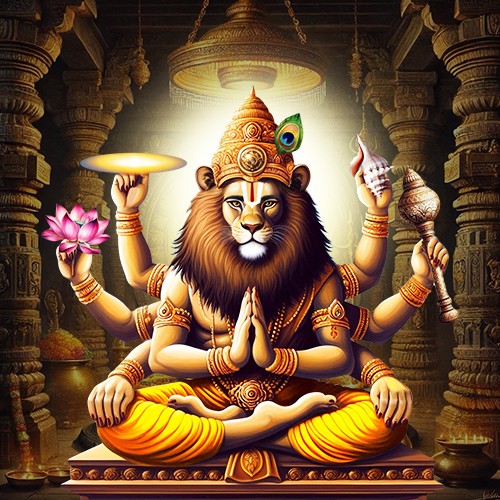
-in-Astrology.jpg)




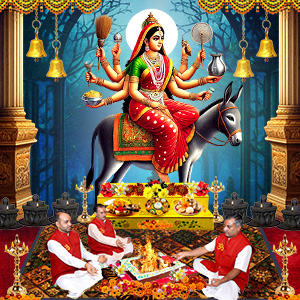
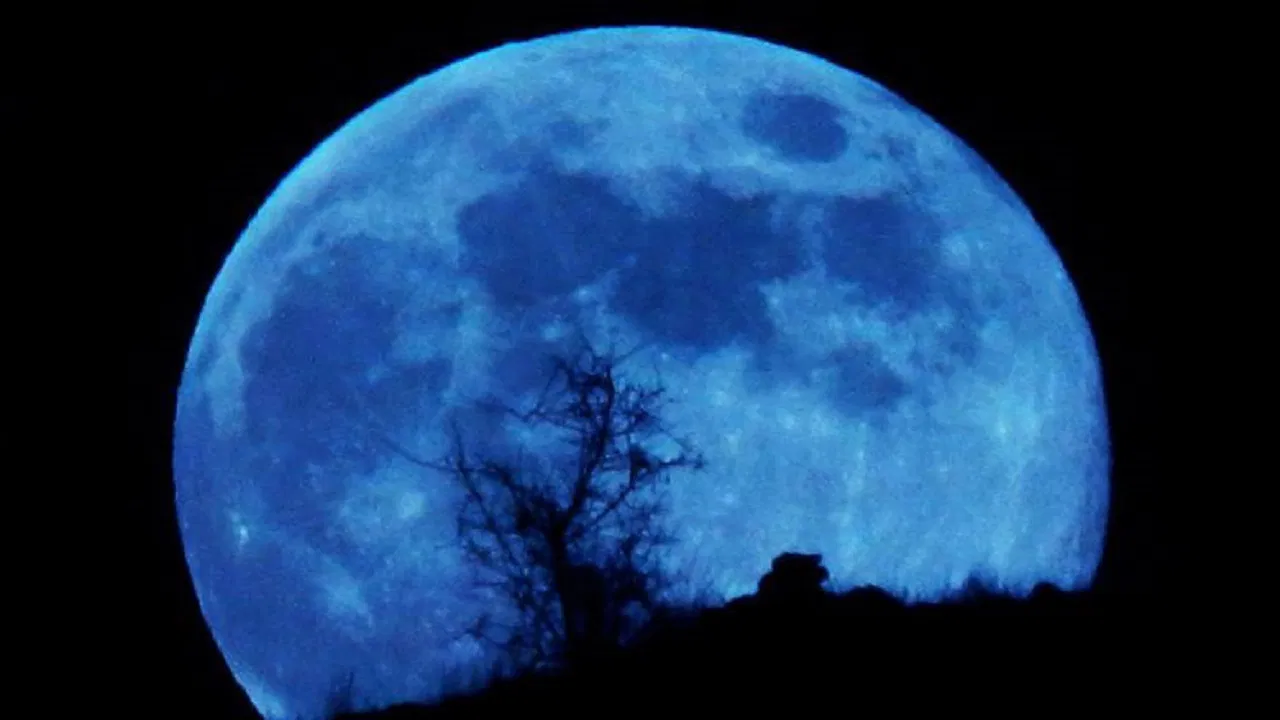
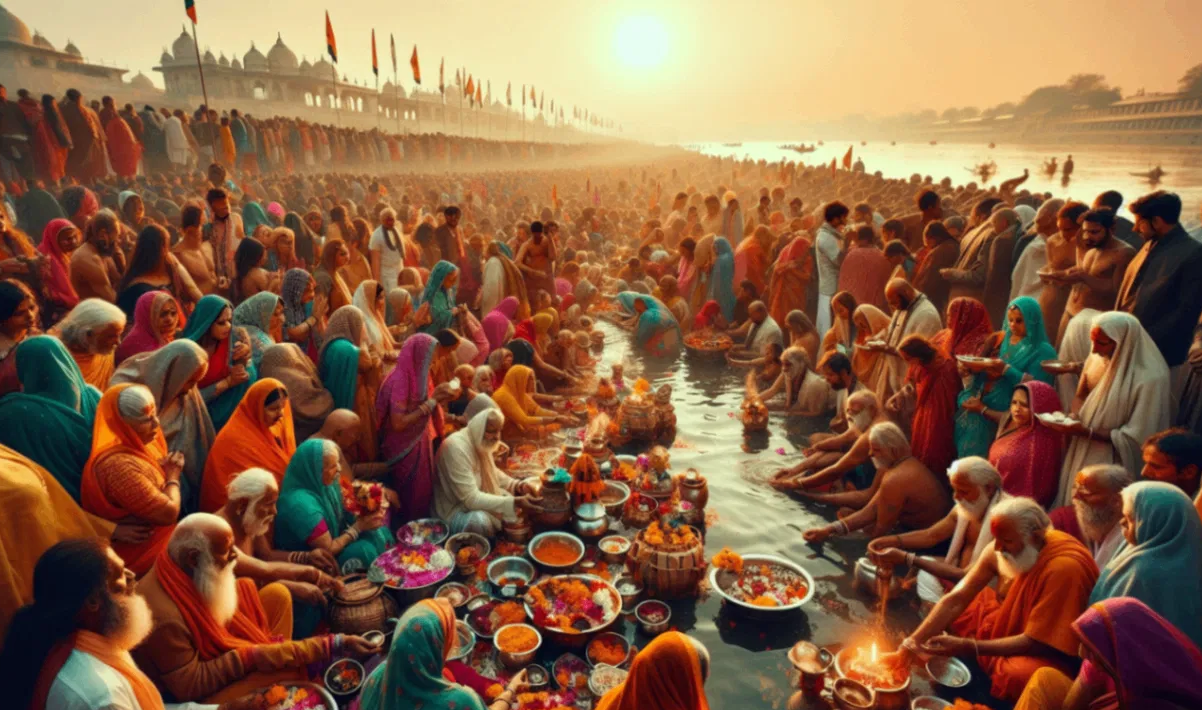
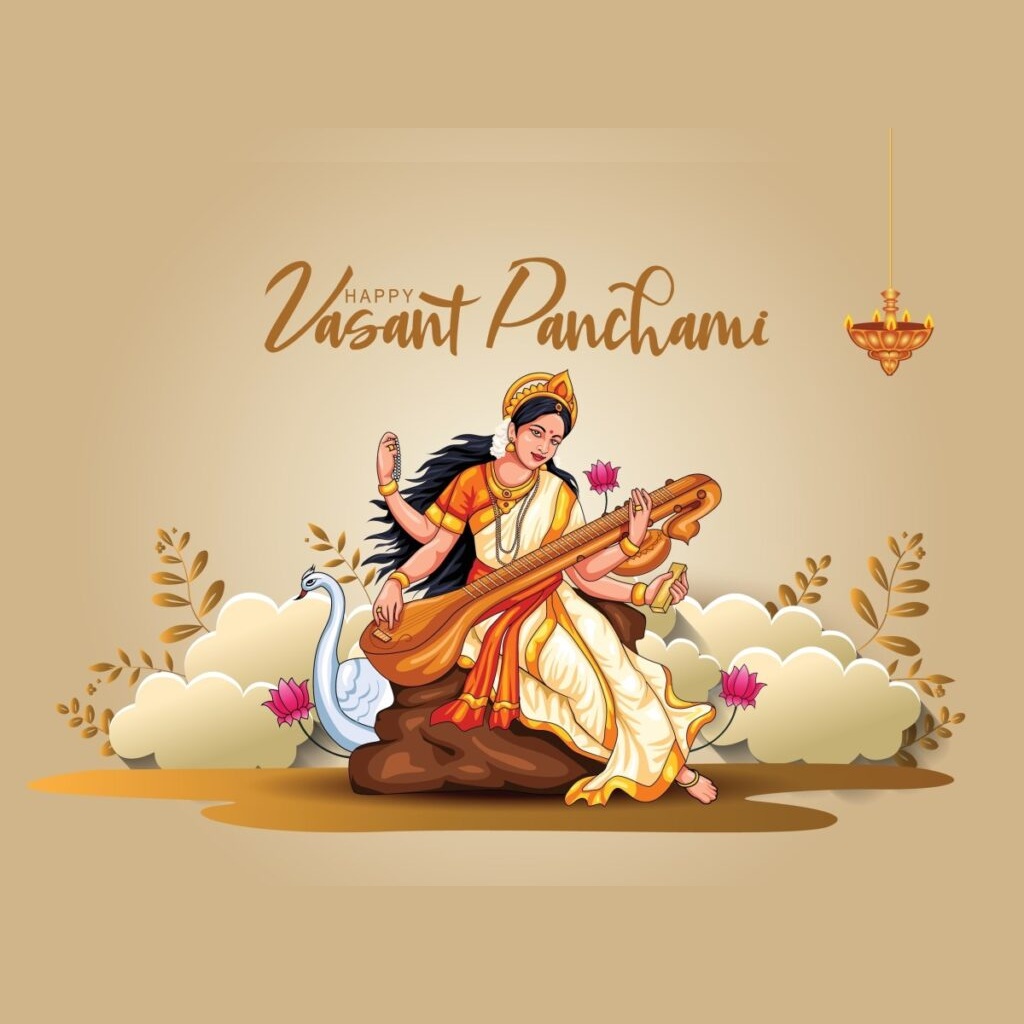
Comments 0
Leave your thought here